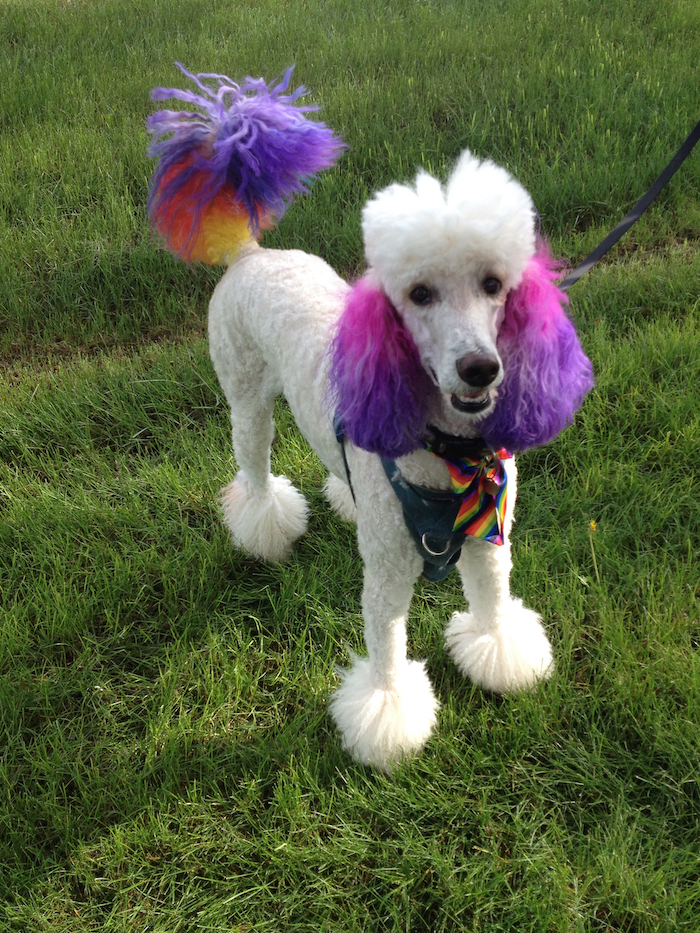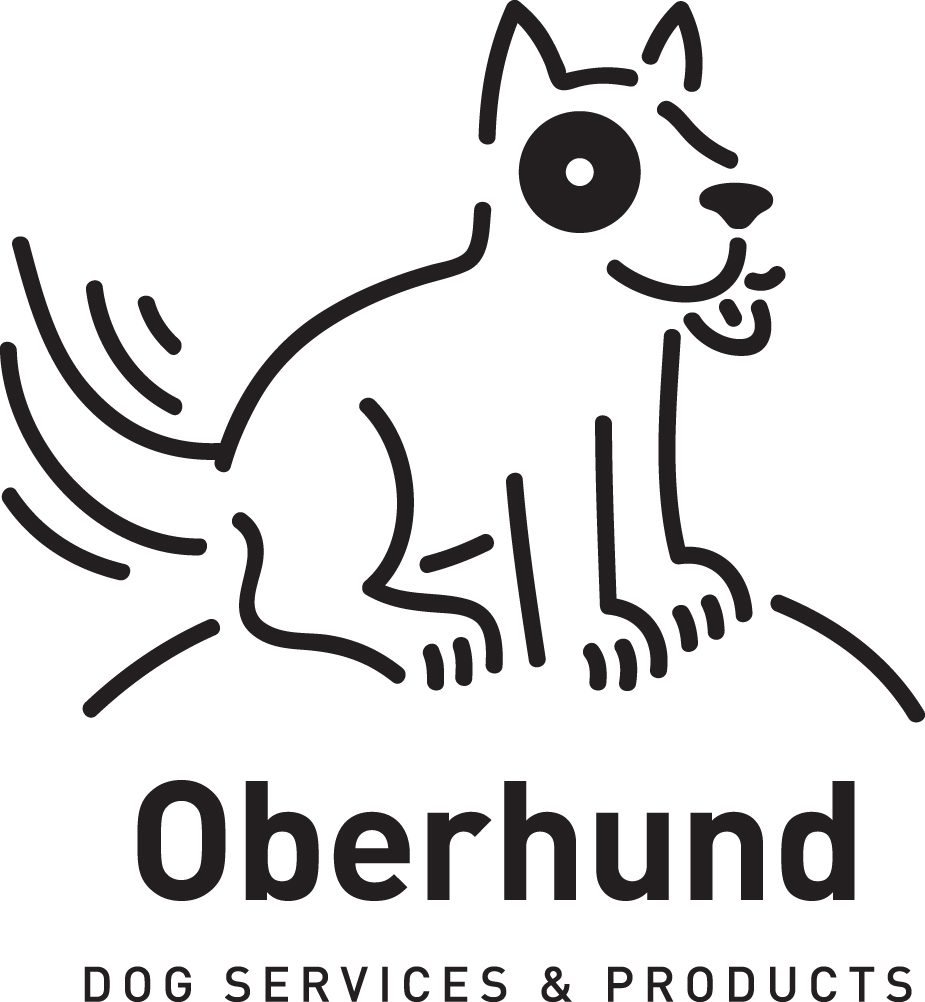
Dog walks should be fun for both you and your dog
This seems like a no-brainer, but there is a lot of misinformation, misconceptions, and arbitrary rules floating around that can make dog walking a negative experience for the owner and the dog.
The first priority is safety
Both you and your dog should BE safe and FEEL safe. And other people, dogs, and wildlife should also be safe and feel safe when your dog is near. Safety involves the equipment you use, the way you train/interact with your dog, and the environmental conditions during the walk (including your dog’s proximity to various stimuli).
Here are a few tips to ensure your dog is safe and feeling safe:
- Recent research shows that when a dog is walked using a collar, the pressure on the dog’s neck area when the dog pulls (or if the leash is jerked) is enough to damage tissues (including the neck area and eyes). Use a well-fitted, comfortable harness that does not interfere with the full motion of your dog’s forelegs. The harness should not put pressure on the neck area when the dog pulls. The harness should not squeeze/tighten or cause any discomfort if the dog pulls. A leash attachment ring at the chest of the harness can help you manage larger, heavier dogs; and if the harness also has a leash attachment ring at the back, you can try using a leash with a clip at each end for additional control. The Blue-9 Balance Harness harness and Multi-function Leash is a good example. Here is an article in the Whole Dog Journal that ranks some harnesses.
- Avoid the use of prong/collars, choke chains, shock collars, and slip leads. Not only do these carry a risk of injury (see recent research on a variety of collars), but the aversive nature of these collars can cause emotional distress for the dog. Using these types of collars is an animal welfare issue.
- Train your dog how to walk on a loose leash using positive reinforcement methods. Start training in low-distraction environments (e.g., in your home, in the yard, then in a boring empty parking lot) and then practice on walks. Here are a variety of fun training games/exercises to help teach your dog how to walk on a loose leash.
- Bring along some bits of high value food for your dog. Firstly, this can be very helpful to assess your dog’s stress levels. If your dog is not interested in the food (and normally would be at home) then that is an indication that your dog’s nervous system is highly aroused (stressed).
- Learn to read your dog’s signs of stress. Many people can usually recognize a dog’s obvious stress signals, but most people have no idea what subtle signs to watch for (e.g., nose licks, yawning). As well, most people know that during high states of stress, a dog’s Fight/Flight response can be triggered, but many people don’t realize that the extreme stress can also manifest in three other Fs: Freeze, Fawn, Fool Around.
- Give your dog space from other dogs and stimuli in the environment that your dog has big feelings about. Dogs need space from other dogs in order to avoid conflict, but the leash prevents your dog from giving the other dog space. Our city environments are usually designed in such a way that we approach others head on as we share paths and sidewalks. A head-on approach in dog communication is an aggressive/threatening act, so try to avoid them when walking your dog. Pass by on the other side of the street or step off the path in advance to curve away as you pass by.
Your next priority is that your dog is finding the experience pleasant
After you are certain that you and your dog are safe and feeling safe, you want to ensure that your dog is enjoying the experience. Does your dog want to go for a walk? Does your dog have mixed feelings about walks because they are interesting and can be fun but they can also be unpredictable and scary for your dog?
Learning to read canine stress signals is key. But you also want to be aware of how the dog is experiencing the walk. Dogs experience the world through their noses first. If you don’t let your dog stop to sniff (when it’s safe to do so) then your dog is likely going to be frustrated (like a child being taken to a carnival but isn’t allowed to go on any rides or play any games or get any treats). And when desires are continually thwarted this can damage your relationship with your dog.
One of the Five Freedoms of Animal Welfare is the freedom to express behaviours that promote well-being. Letting dogs stop to sniff (when it’s safe to do so) is important to their well-being. There is even a study showing that dogs that when dogs are allowed to have “sniff and strolls” their heart rates drop.
Ensure the walk is pleasant for you as well as the dog
This involves a few things. Firstly, be sure that you’ve put in the training time to help your dog learn how to walk on a loose leash around distractions. Secondly, consider that your goal for the walk might not match your dog’s needs. If you are wanting to have a vigorous walk without any stopping, your dog might not find that pleasant — in fact, it might be very stressful for your dog if your dog is overwhelmed emotionally or physically.
Consider that your dog is basically a captive animal. Your dog’s walk should be for the benefit of your dog — it should be a positive experience for your dog’s emotional, mental, and physical health.
There is no “right way” to walk your dog
It does not matter if your dog walks ahead of you, on your left side, on your right side, or stops to sniff. Unless you are competing in a formal trial/sport, the only rules are the ones you have. And Bylaws, of course.
You get to decide. Period. Don’t let a trainer or “dog expert” boss you around.
From my perspective, I like to teach the dog to walk on a loose leash — that when there is tension on the leash, the dog should stop and adjust to my pace or respond to my cue if I want the dog to walk beside me. This way, I can have the option of using a leash of any length and also have the dog close beside me when needed.
Sometimes it’s better not to walk your dog
If your dog is very anxious on walks then forcing them out for a walk is not going to benefit your dog’s emotional health. It could make things much worse. There are other ways to provide your dog with mental and physical stimulation. Maybe this means taking your dog on a car ride to a different area. Maybe it means playing in the yard and enrichment activities that help provide an outlet for your dog to express natural behaviours.
